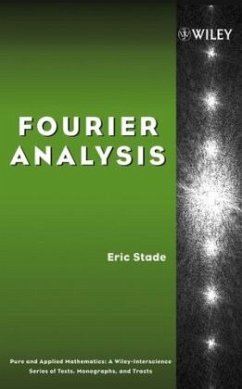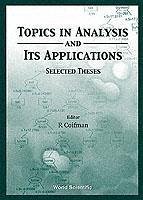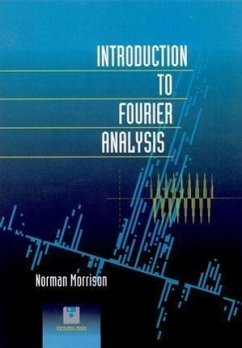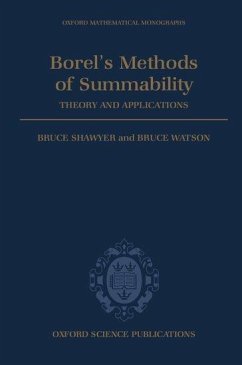
Sampling Theory in Fourier and Signal Analysis
Versandkostenfrei!
Versandfertig in über 4 Wochen
195,99 €
inkl. MwSt.

PAYBACK Punkte
98 °P sammeln!
With much material not previously found in book form, this book fills a gap by discussing the equivalence of signal functions with their sets of values taken at discreet points comprehensively and on a firm mathematical ground. The wide variety of topics begins with an introduction to the main ideas and background material on Fourier analysis and Hilbert spaces and their bases. Other chapters discuss sampling of Bernstein and Paley-Wiener spaces; Kramer's Lemma and its application to eigenvalue problems; contour integral methods including a proof of the equivalence of the sampling theory; the ...
With much material not previously found in book form, this book fills a gap by discussing the equivalence of signal functions with their sets of values taken at discreet points comprehensively and on a firm mathematical ground. The wide variety of topics begins with an introduction to the main ideas and background material on Fourier analysis and Hilbert spaces and their bases. Other chapters discuss sampling of Bernstein and Paley-Wiener spaces; Kramer's Lemma and its application to eigenvalue problems; contour integral methods including a proof of the equivalence of the sampling theory; the Poisson summation formula and Cauchy's integral formula; optimal regular, irregular, multi-channel, multi-band and multi-dimensional sampling; and Campbell's generalized sampling theorem. Mathematicians, physicists, and communications engineers will welcome the scope of information found here.












